Jan. 26, 2022
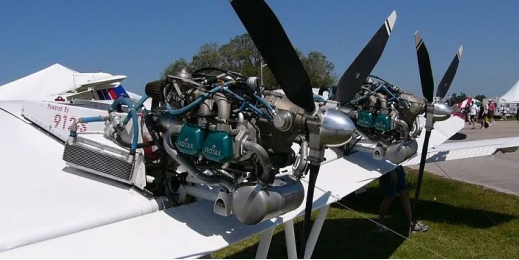
Pic from the Internet
With the UAV market maturing and the level of research and development improving, the focus is no longer on whether the thrust meets the requirements and is cheap enough in the beginning, but on reliability and efficiency, which are key elements in aviation.
Under certain technical conditions, motor still cannot replace engine as the main power source of UAV. With the continuous growth of market share of industrial heavy-duty UAV, the demand for engines among the range of 1KW to 50KW is increasing.
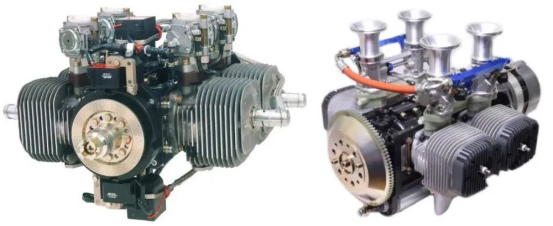
At present, the engines used in the UAV industry are still mainly ordinary small two-stroke engines. There is no standard to measure the reliability of such engines, which will bring a lot of uncertainty to the r&d and testing process. Compared with the motor, the working conditions and requirements of the engine are more complex. In order to realize the reliability monitoring of the engine, the real-time state monitoring of the engine should be realized first, and enough data should be collected. But at present, the factory parameters and test data of some small engines are very limited, which can not meet the comprehensive evaluation of engine performance and reliability.
On the 11th,March 2016, the Ministry of Transport approved the AERO Engine Airworthiness Regulations, which clearly put forward the test items that the AERO engine should meet before leaving the factory and the categories of the impact of the engine on the whole machine. The engines used in the field of UAV can also refer to the AERO Engine Airworthiness Regulations to fully test the operating conditions and operating states of UAV engines for the specified test items. The below picture is the screenshot of this Regulations from the Ministry of Transport.

Now there is no special testing equipment for UAV engine, and conventional testing is generally carried out by traditional dynamometer, but the running state of UAV engine is directly or indirectly driving the propeller rotation, so the traditional dynamometer cannot meet the actual test conditions. In view of the existing problems in the current test, we special design the WF-EN-X2 multi-functional dynamometer.
1. WF-EN-X2 meets both the test requirements of traditional dynamometer and the test requirements with blades.
2. Semi-automatic test, ensure test efficiency and safety, a power calibration only need 3 mins;
3. Independently developed control software, real-time display and recording of the whole process data, sampling frequency can achieve 1000Hz;
4. The newly designed engine installation structure does not need the traditional alignment adjustment, and it is more convenient to replace the engine;
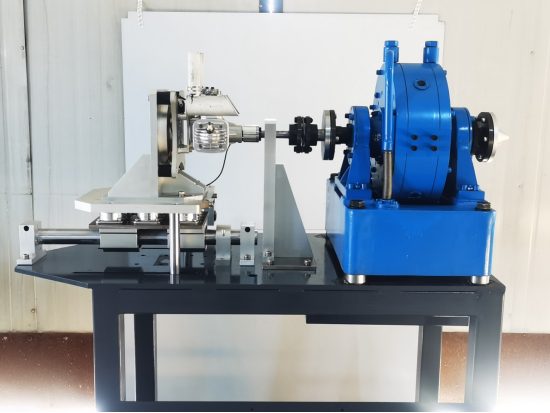
For the working state of the engine, the first thing we need to know is the cylinder temperature and exhaust temperature of the engine. These two temperatures are important parameters to judge whether the engine works in order. In the whole life cycle of the engine, cylinder temperature and exhaust temperature should not be overheated, once overheated, engine cylinder block will appear permanent damage, commonly known as cylinder pulling.
Under different intake conditions (intake pressure, intake temperature, intake oxygen concentration), the operating state of the engine (output power, efficiency, etc.) will have a relatively large change. Through ground or simulation test, the running state and performance of the engine at high altitude can be estimated, and the matching situation of the selected engine and UAV can be judged in the overall design stage of UAV.
Here we take the WF-EN-X2 multi-functional propeller dynamometer test case to analyze:
| Test Equipment | WF-EN-X2 |
| Test model of propeller | FALCON29*10ENGINE |
| Test model of Engine | 110c ENGINE (Carburetor version, exhaust straight out) |
| Oils | 95#moto7102t(35:1) |
| Factory Calibrated Power | 8.23kW@7500rpm (10.48NM) |
| Test Environment | 9.1 ℃ 102.3kPa |
The first step: we set a calibration for the maximum power of engine. Test a set of data by using the WF-EN-X2 dynamometer. As shown below:
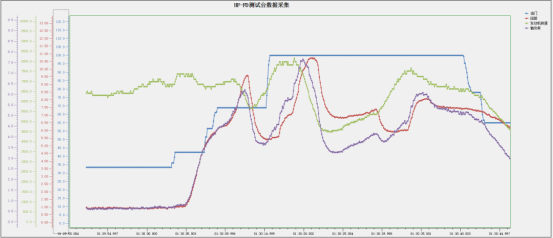
We can see that we first increase the engine speed to a maximum of 8000 RPM, and gradually reduce the engine speed by increasing the load to find a maximum shaft power point.
Through our calibration, the maximum power of this engine is fixed at (7.66kW,7378RPM,9.919NM).
At this time, our calibrated power (7.66KW) is close to the factory calibrated power (8.26KW), but there are still some differences. We can try to analyze the specific factors from other data.
Note: Using calibration of engine power and speed set by dynamometer , it often has a lot larger than we actually use the propeller. This is not the manufacturer's virtual calibration, but when the engine to drag the dynamometer, dynamometer is equivalent to a considerable quality flywheel, which greatly increases the engine running stability, so as to improve the maximum power of the engine. The calibration process of power is opposite to that of propeller test.
The following figure shows the cylinder temperature and exhaust temperature data of the above data:
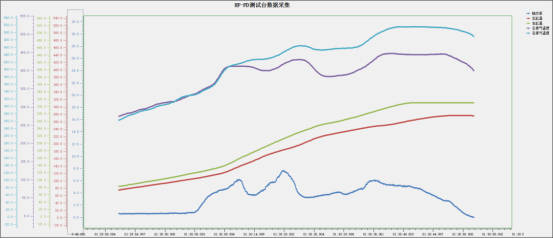
We can see that the left cylinder cylinder exhaust temperature is much lower than the right cylinder. And the right cylinder cylinder, the highest temperature reached 300 degrees, has over-temperature, while the left cylinder maximum is 270 degrees. Without connecting the air cooling system, the temperature will be rising very fast. It also illustrates that the left cylinder is in normal work, but the right cylinder has been in a weak state. The exhaust temperature can also be verified, which is also the obvious disadvantage of the single carburetor of two-cylinder engine. The imbalance of the two-cylinder will seriously reduce the engine life, and the poor oil of the right cylinder can only be solved by reducing the air-fuel ratio, which is bound to reduce the engine power, which is also one of the reasons for the difference in the above calibration.
It is well known that specific fuel consumption is always one of the important parameters of the engine, but factory usually don't have as the measurement of instantaneous fuel consumption is more complex. Through the use of The ultrasonic sensor of Gene, WF-EN-X2 dynamometer can be accurate to capture the instantaneous fuel consumption data and calculate the specific fuel consumption.
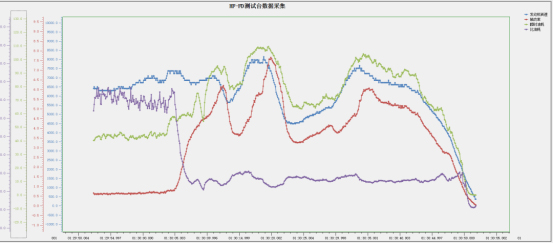
FIG. 1 Point map of instantaneous fuel consumption data
It can be seen from Figure 1 that the specific fuel consumption of the engine is relatively stable after entering high speed, which is much lower than that at idle speed, averaging 800g/ KWH.
The data of specific fuel consumption should also be the data we focus on, because we should not only look at the data of instantaneous fuel consumption in the process of designing the aircraft, which is just an appearance, but also the data of specific fuel consumption to really improve the endurance.
After the above tests, we have a relatively comprehensive understanding of the engine, as we mentioned at the beginning of the test that the dynamometer test is only the performance of the engine itself, the engine working condition has also changed greatly after the installation of propeller. So we also need to test the engine with propeller.
Test propeller: FALCON29*10ENGINE
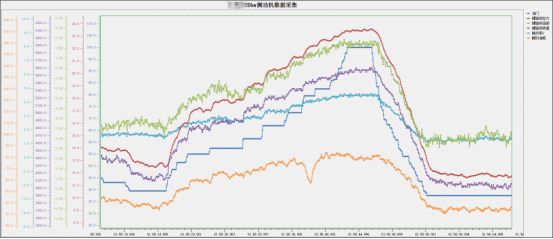
FIG. 2 Point map with propeller test data
In this experiment, we can see that the engine performance is completely limited, because the propeller engine can not be adjusted to the maximum speed and then to the maximum power, as is the case with dynamometers.
The final test result is with 29*10 propeller, the maximum speed is 5574RPM, the maximum static pull is 23.46kg, the maximum speed torque is 7.72NM, and the maximum speed shaft power is 4.53kw.
Note: All the test data are measured by WING FLYING (TIANJIN) TECHNOLOGY CO.,LTD. MET series software
Special thanks: AnYang Haoke Aviation Technology Co., Ltd. provides test FALCON series blades
E-mail: sandy@wing-flying.com
Add.: 7th Floor, B2#,Animation Building, Sino-Singapore Tianjin Eco-City